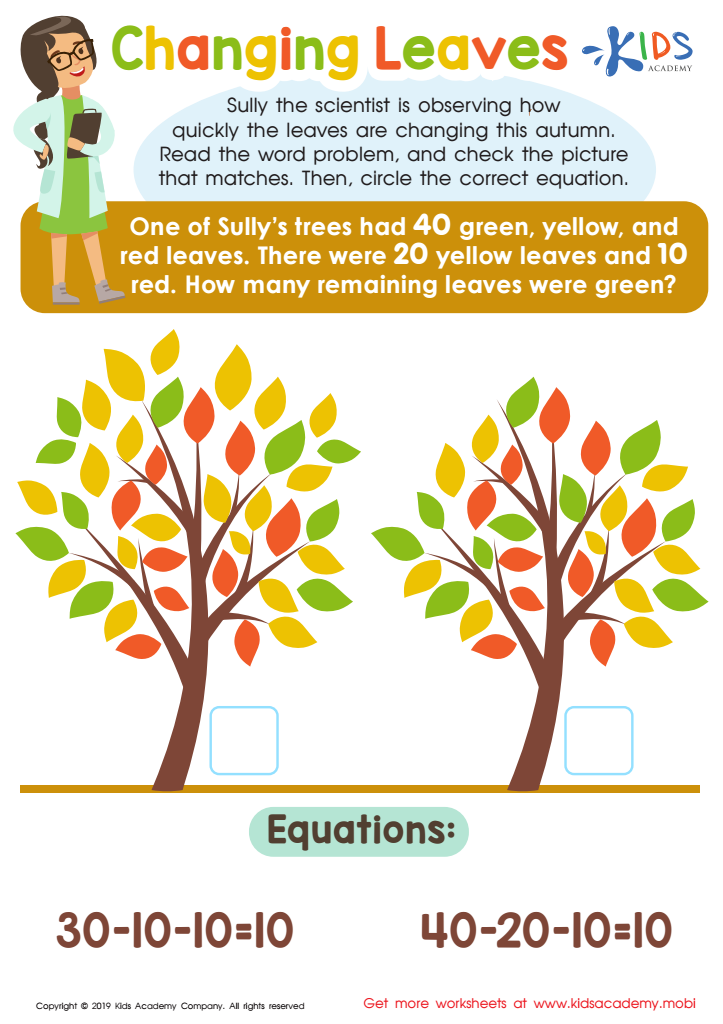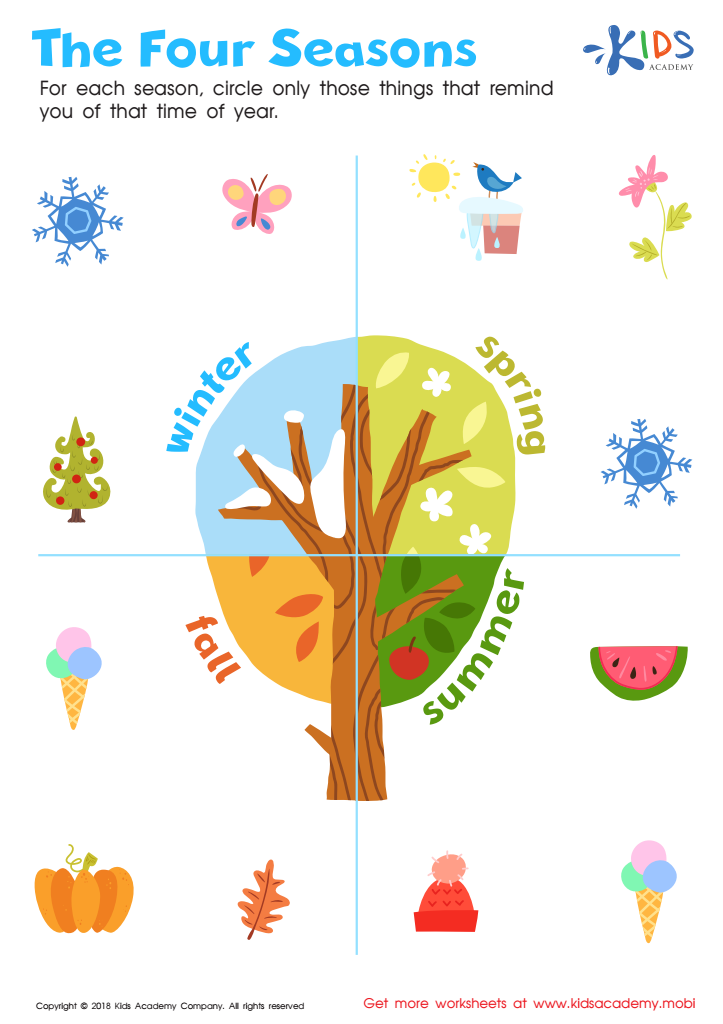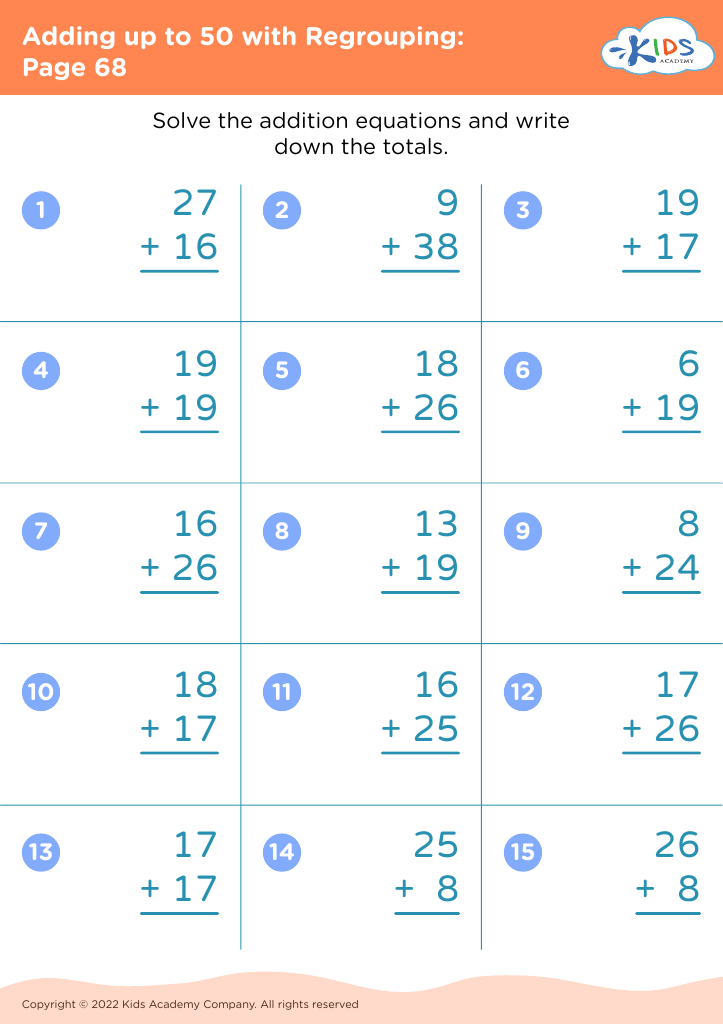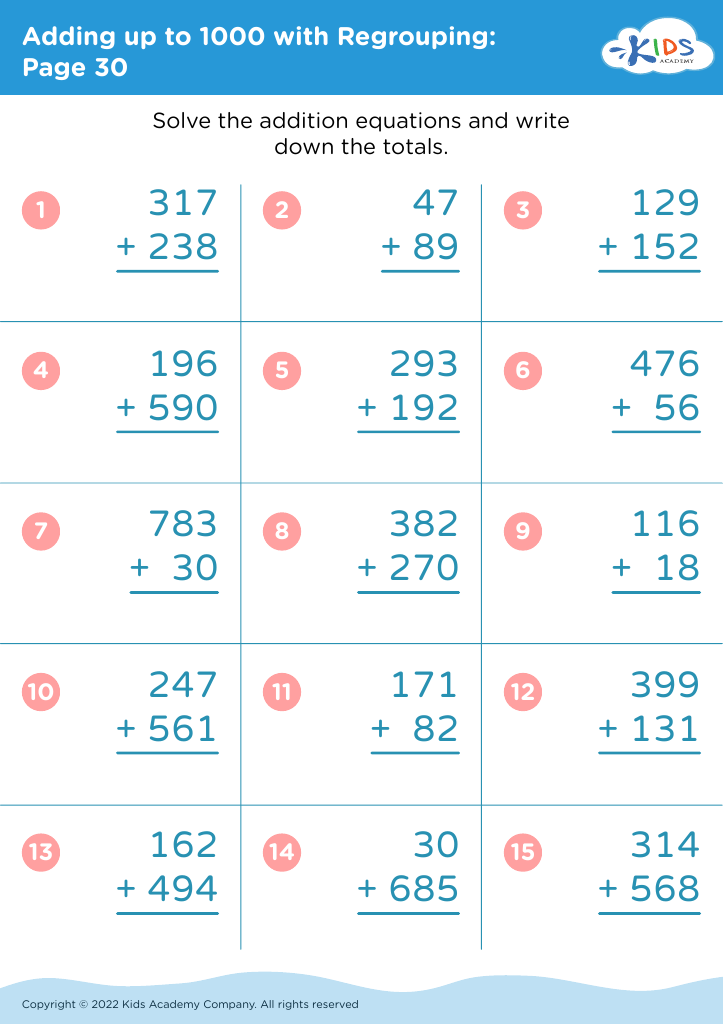Understanding seasons Math Worksheets for Ages 3-8
5 filtered results
-
From - To
Explore our "Understanding Seasons" Math Worksheets, designed for children ages 3-8. These engaging resources introduce young learners to the concept of seasons through fun and interactive activities. Our worksheets blend math skills with seasonal themes, allowing children to practice counting, sorting, and pattern recognition while discovering the unique characteristics of each season. Perfect for both classroom and home learning, these worksheets foster a love for math and nature. Help your child develop essential early math skills with our seasonal-themed exercises that inspire curiosity and creativity. Start exploring the seasons today and watch your little one's learning blossom!


Changing Leaves Worksheet


The Four Seasons Worksheet
Understanding seasons and the concepts related to them is vital for children aged 3-8, and both parents and teachers play a crucial role in this learning process. Seasons form one of the first frameworks through which young children grasp the world around them, fostering their observational skills and curiosity. By introducing seasonal math, children can explore numerical concepts in contextual and practical settings, enhancing their engagement and understanding.
For instance, learning about spring's renewal might involve counting flowers or adding and subtracting leaves during fall. Such hands-on activities promote active participation, making math lessons more relatable and enjoyable. Furthermore, seasons are intertwined with various cultural festivities and natural changes, enriching children's vocabulary and knowledge as they connect math with real-world experiences.
Moreover, understanding seasons helps in developing critical thinking and problem-solving skills. Children learn to categorize, compare sizes, and recognize patterns seasonal changes can exhibit. Ultimately, fostering this understanding in early education promotes a foundation for future numeracy and scientific concepts, equipping children to navigate their environments with confidence and curiosity. By emphasizing the intersection of seasons and math, parents and teachers can support holistic growth in young learners.



 Assign to My Students
Assign to My Students



















